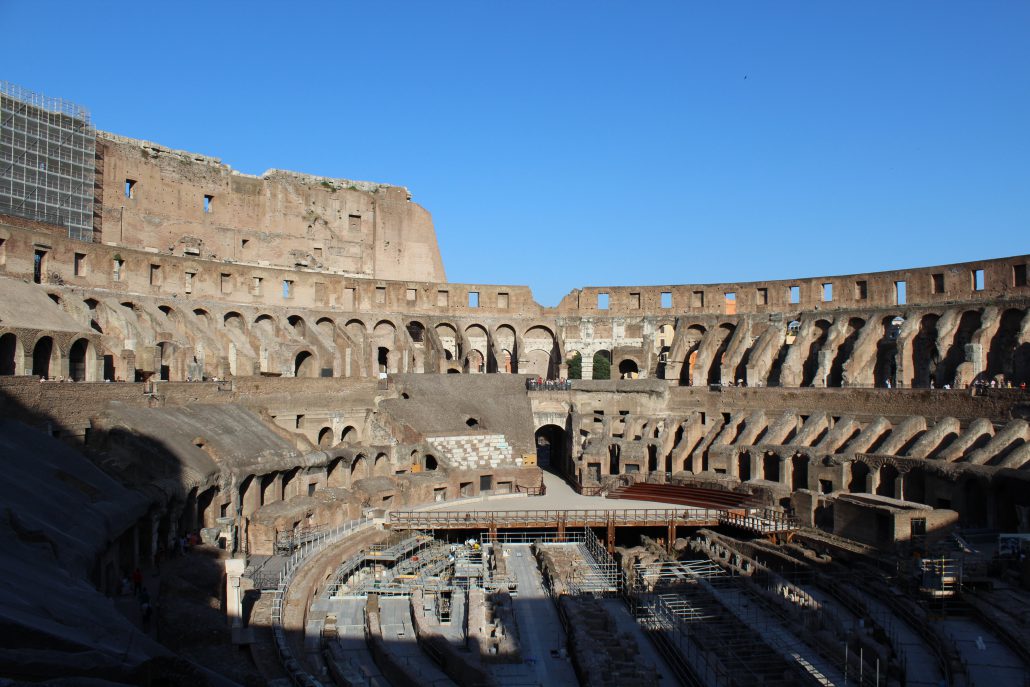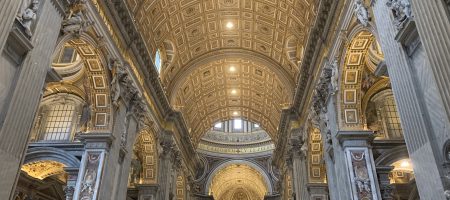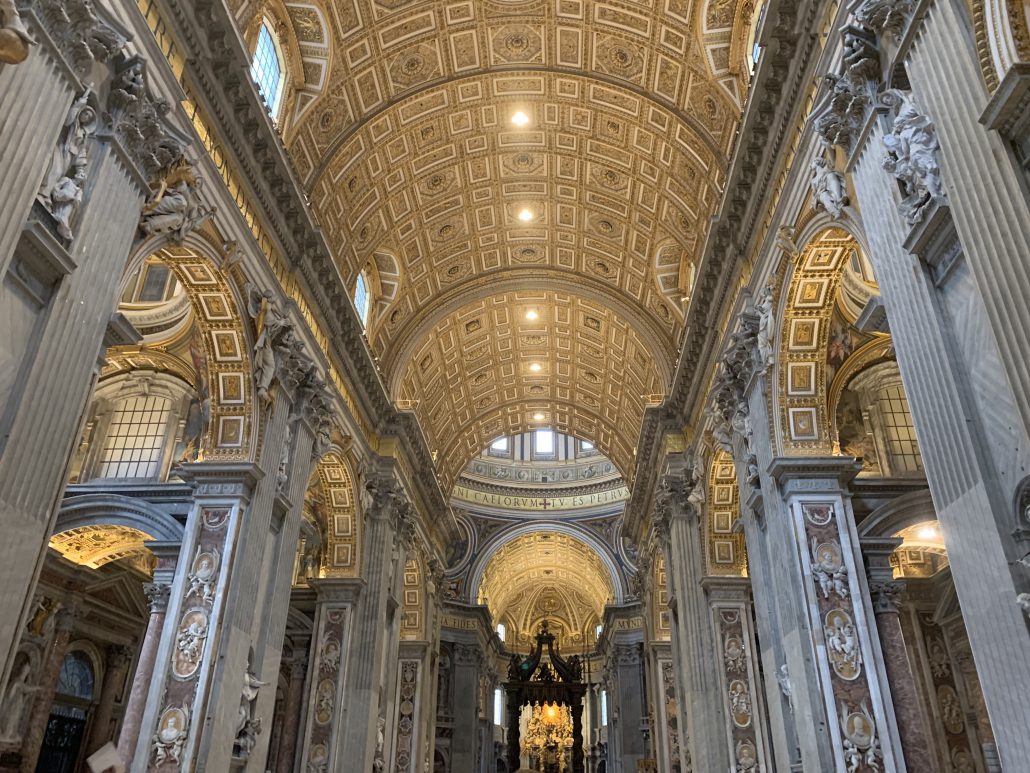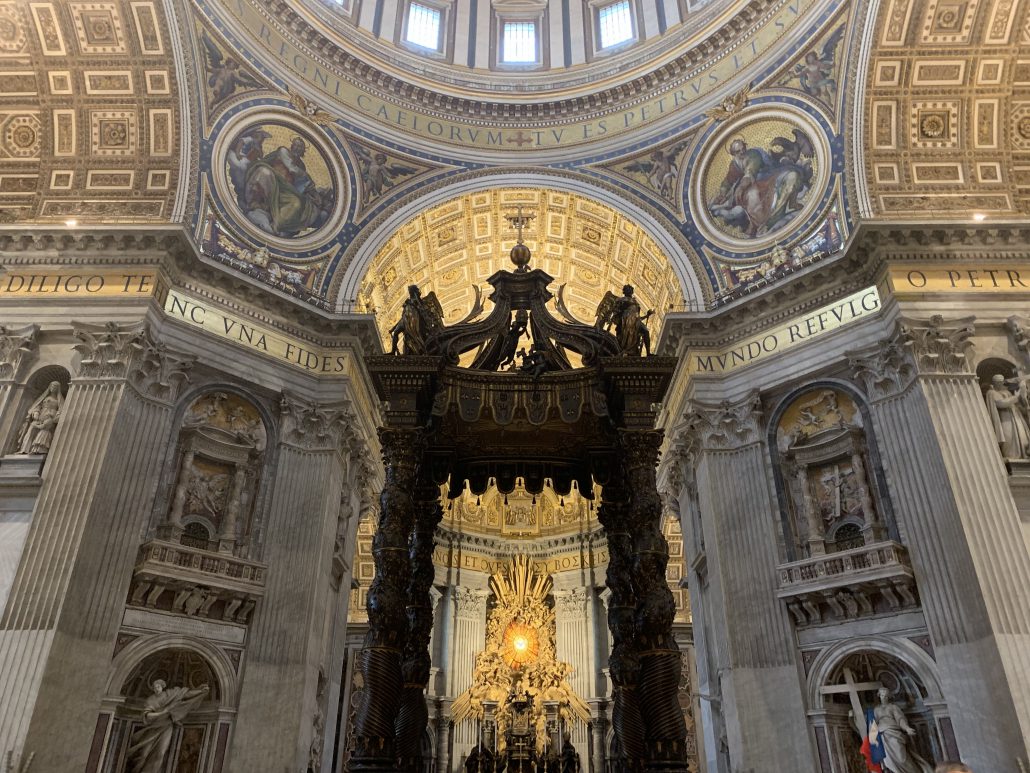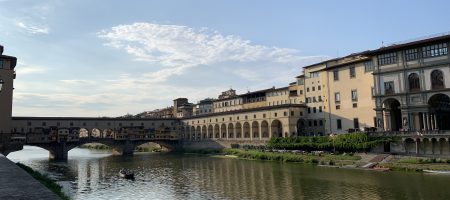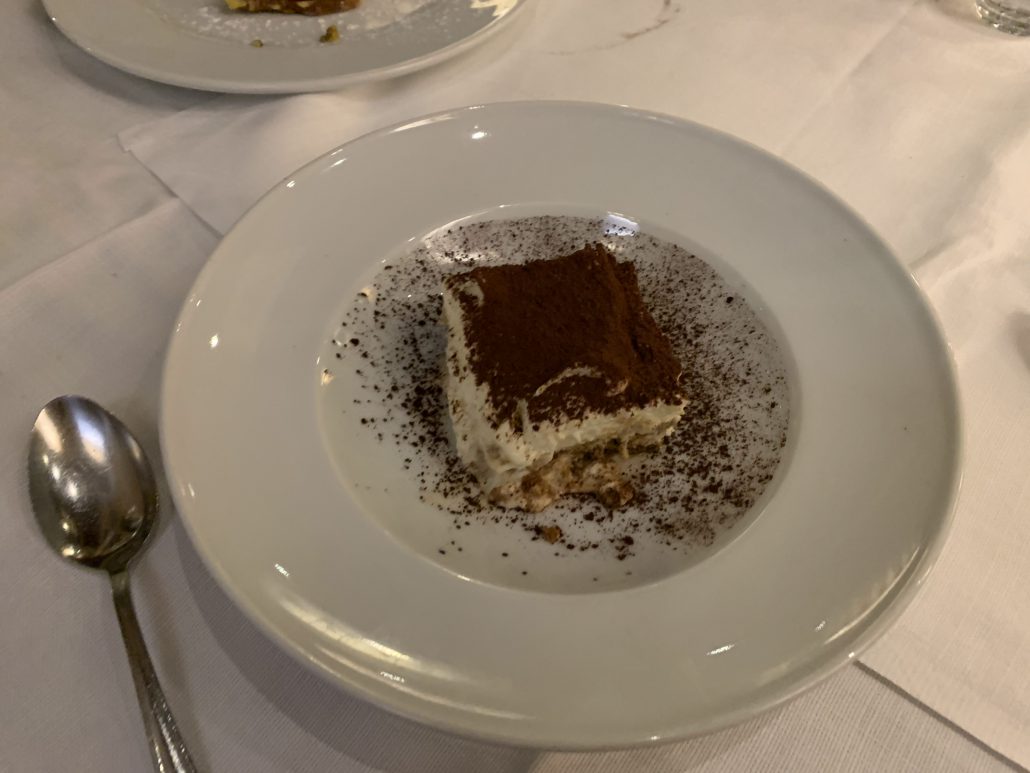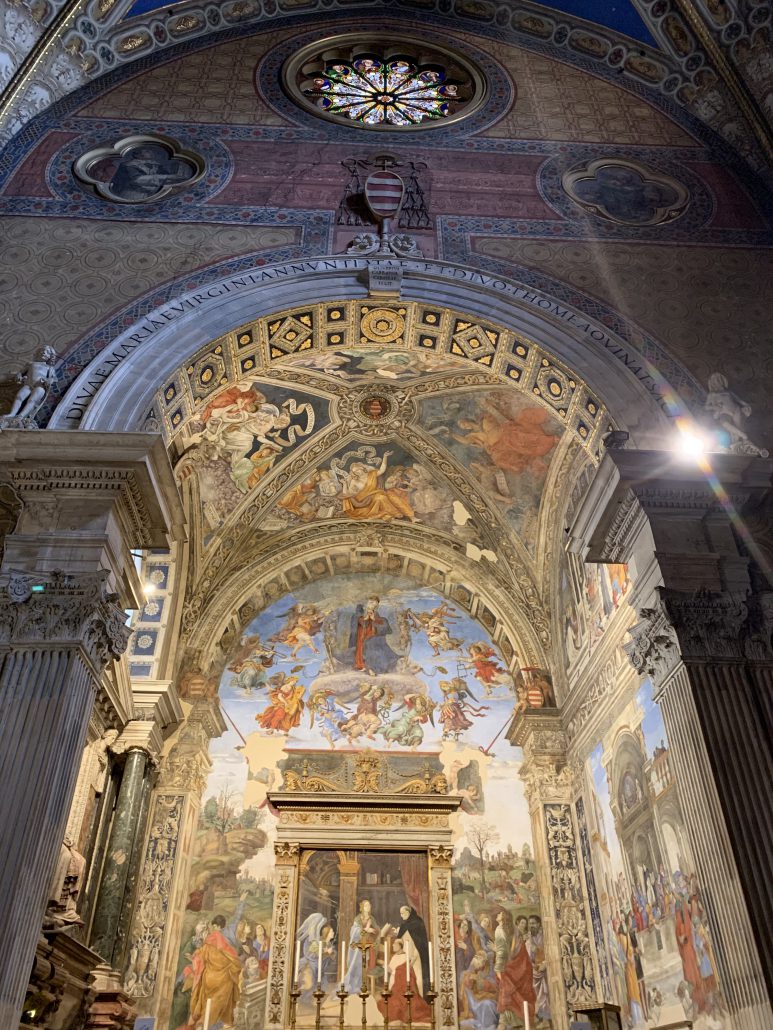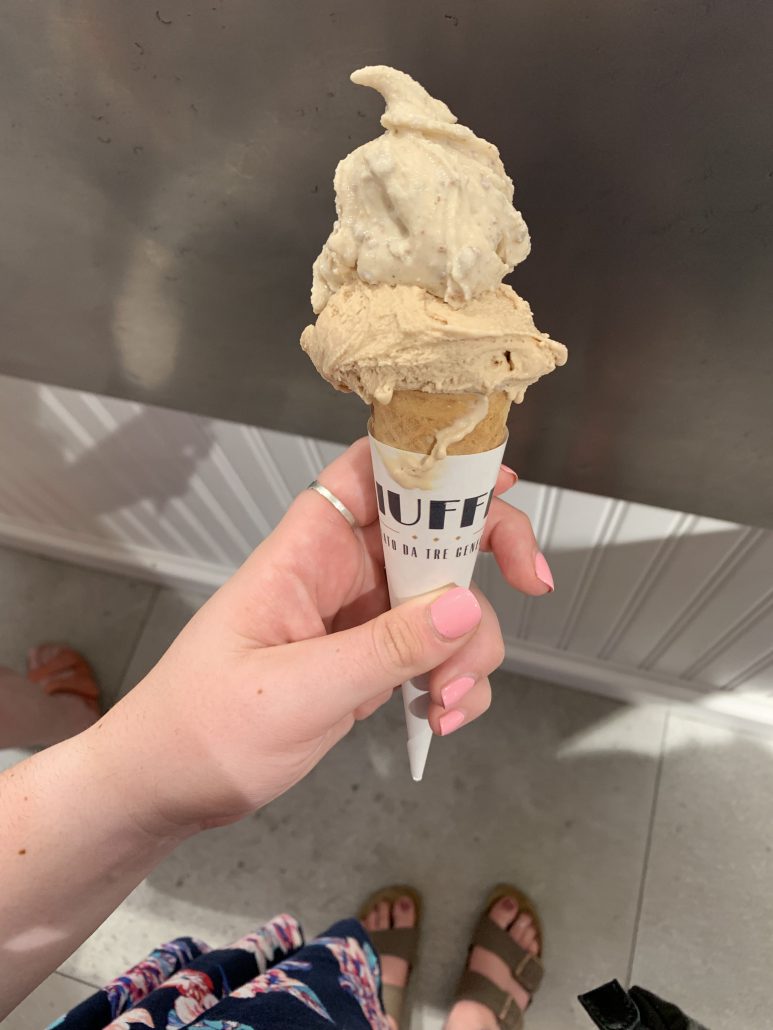Italy | Thanks Google: How A Week in the South of France Helped Me Save on Flight Expenses
By Andrea Arredondo
When I found out that I would be studying abroad in Florence over the summer, I was stoked. A fan of opera, art, and ice cream, the idea of spending a month in Italy while also fulfilling two of my major requirements sounded incredible. Immediately, I started to look at flights and was quickly surprised by how much less expensive it would be if I flew into Paris, London, or even Rome.
Hoping to strategize my spendings, I wanted to get the lowest priced flight I could find. Booking a flight early helps reduce the amount, however something that I had not thought about which was recommended to me was flying into a different airport and taking another flight or public transportation to my final destination. While more time consuming, it made more sense for me to spend a little more time traveling to my destination knowing that I could spend more later on if needed.

After spending a few weeks tracking prices on Google Flights, I now understand how some people grow obsessed with bargain hunting. Like an analyst on Wall Street, my heart raced when seeing how flight costs changed from the previous day. From one airline to the next, flying on one day versus the following, weeks later I finally found my solution: I would fly into Nice a few days before the start of my travel study program and would later take the train to Florence.
As an English and French major, my love of France is extensive. For that reason, the opportunity to spend some time along the French Riviera was an experience I could not miss. Not only was I saving flight money by flying into a smaller airport and then booking my train tickets to Florence, staying in a hostel or Airbnb is a great alternative to staying in a hotel.

The idea of traveling independently scares some people. It certainly made me nervous the first time I did it. But as a woman barely over five feet, believe me when I tell you that it isn’t as scary as you think. On the contrary, traveling alone gave me the freedom to go where I wanted when I wanted… and for me that meant breakfast all day, long museum visits, and ice cream on the beach.
The French Riviera has some of the most incredible view I have ever seen. From the rocky shore to stunning azur blue waters, the beaches along the Côte d’Azur brought back memories of old movies that were filmed in the South of France. With each walk though the real-life movie sets that were Marseille, Nice, and Menton, my artistic energies started to revive.

On one day in particular, I decided to bring out my art supplies and look for other painters in the area. If you weren’t already aware, like Florence, the South of France is full of artists. As such, I was quickly able to find a community art group that welcomed me on their painting hike along the hills of Aix-en-Provence. While I had never met anyone in the group or been to this small city just a short train ride away from Marseille, I packed my supplies and hoped for the best.
Channeling Paul Cézanne, a French artist who worked in Aix-en-Provence, a few other women and I spent a few hours walking throughout the city looking for the perfect spot to paint. When we finally reached “Les Peintres,” the same location where Cézanne used to paint, we set up our gardening chairs and started to wet out paint brushes. Painting the same mountains that Cézanne is famous for depicting, there were moments when I would look at copies of his work and feel inadequate. Yet, each time I would speak to the other artists, they too would share their artistic insecurities, reminding me that even the most talented people judge themselves harder than others. Despite the social pressure to strive for perfection, at the end of the day what I most enjoyed that day was spending time with other artists.

That’s the thing about traveling: there are people that share your same interests no matter where you go. They may not look like you, be the same age, or even come from your country, but having a positive mindset and willing to be flexible go very far in making your experiences abroad memorable in the best ways.
My five days in France flew by faster than a bullet train. At the end of the week, I had not done everything I wanted and was sad to be leaving. However, as you will find out in a later blog post, I am nowhere short of artistic inspiration in Florence!

Andrea Arredondo studied abroad in Florence in Summer 2019. https://ieo.ucla.edu/travelstudy/English-Florence/

















